By the looks of it, you wouldn’t have said this foal had been buried more than a few weeks, it was that perfectly preserved. However, the people who uncovered it were the first to lay eyes on this little body in approximately 46,000 years.
So what can we learn from this discovery, and what does it say about our own mortality?
Introduction
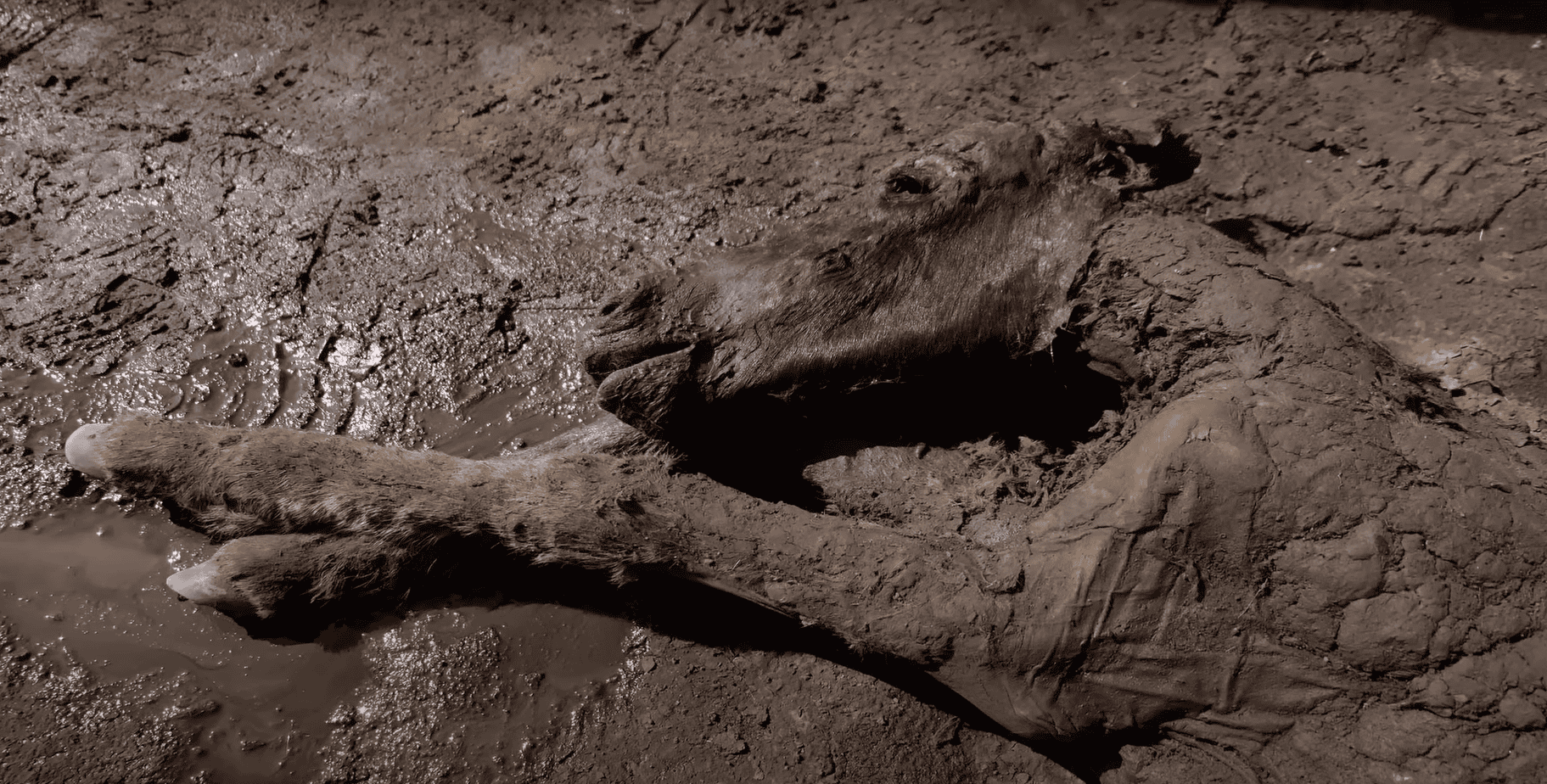
In 2018, a team of mammoth tusk hunters were excavating the Batagaika crater, located in Russia’s Siberian region, when they came across what would be a groundbreaking discovery. Embedded beneath 30 meters of permafrost was a wonderfully preserved foal unlike anything seen before.
The Location
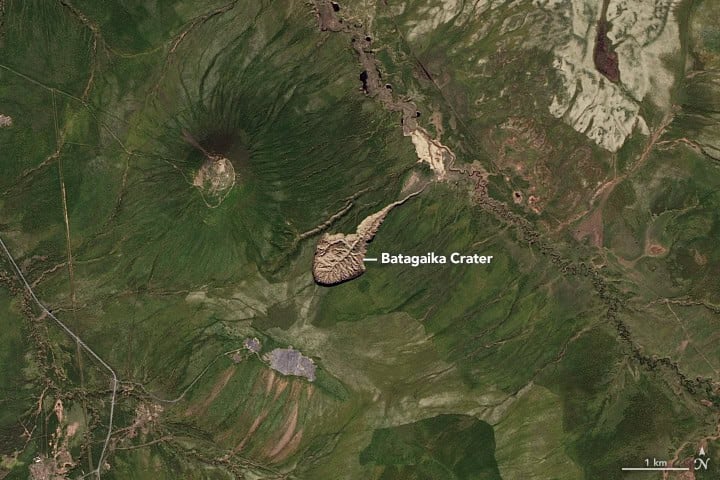
The Batagaika crater, often referred to as the “Gateway to the Underworld,” is a vast depression in the Siberian permafrost formed due to the rising global temperatures. It’s located in the frigid Chersky Range, which, due to its unique and extreme environment, makes an ideal landscape for organic matter to be preserved and locked in the permafrost. Researchers estimate the crater may hold up to 200,000 years of geological and biological history.
The Investigation
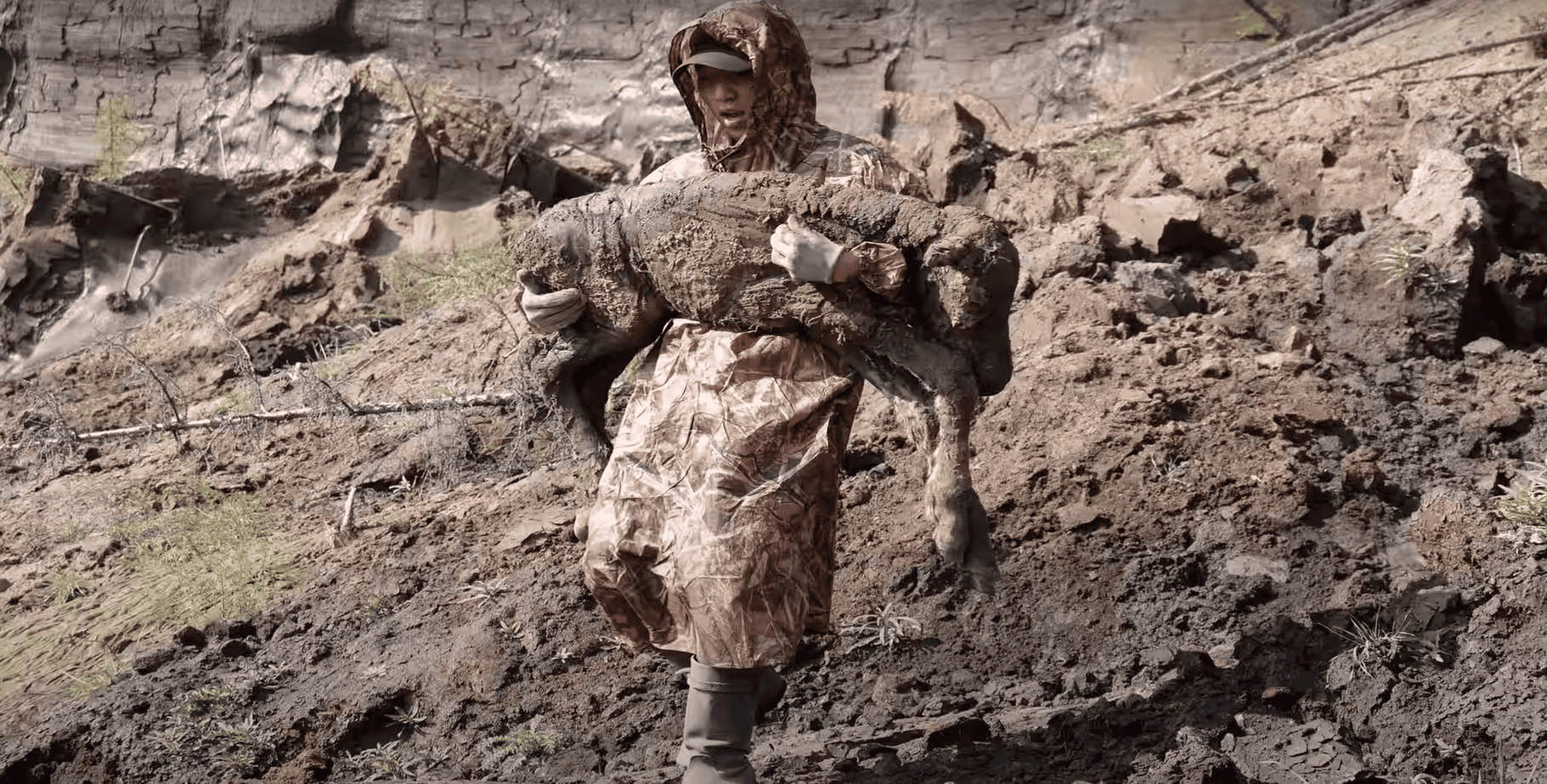
After the discovery of the foal, the locals called for a team of scientists to investigate the finding. Paleontologists from Russia and Japan arrived at the crater to properly excavate the foal, and subsequently took the specimen to the Mammoth Museum at the North-Eastern Federal University in Yakutsk, Russia, to further analyze it.
The Analysis
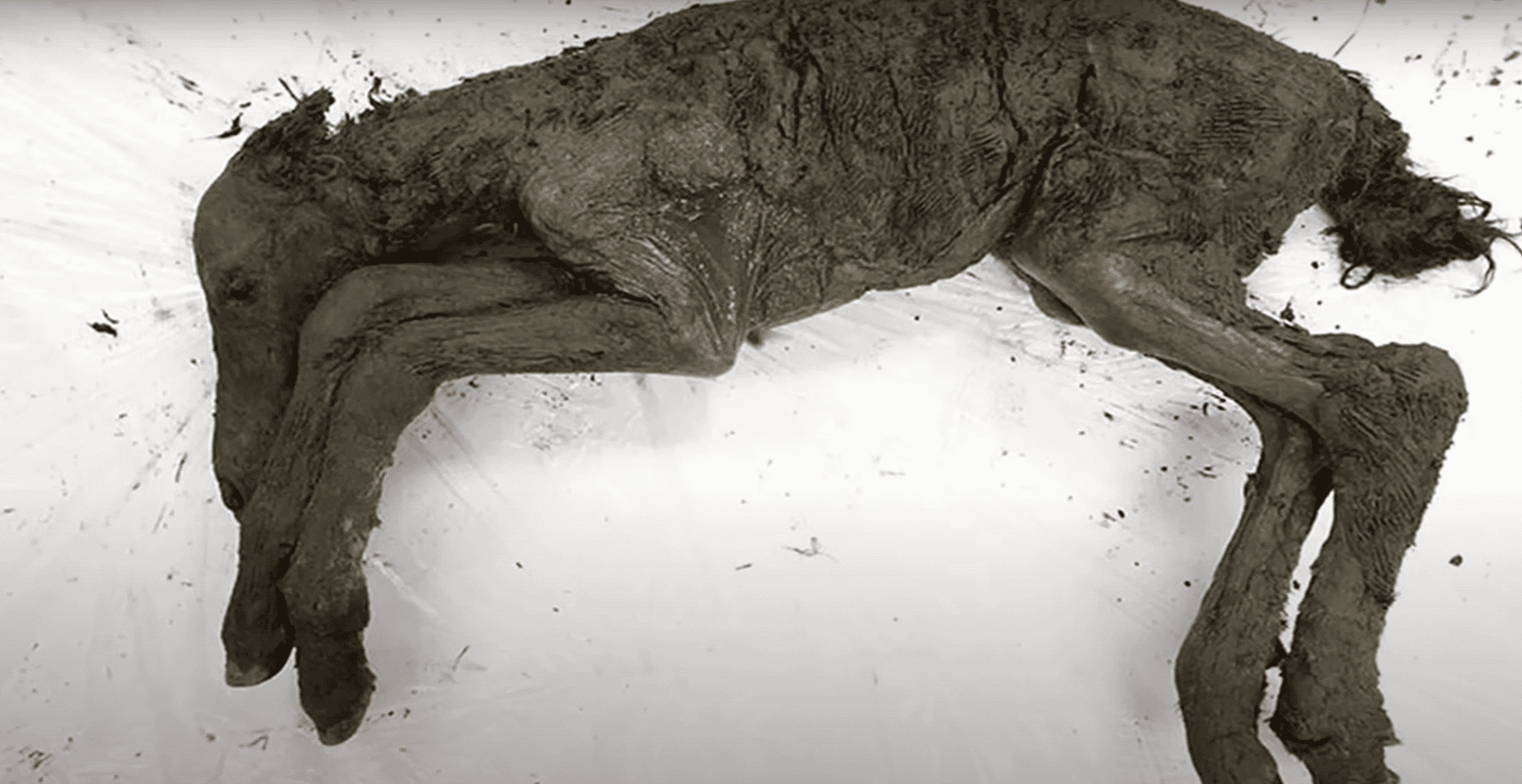
It was easy to tell that the specimen was old. After all, it had been sealed shut in permafrost. The specimen was dated to an incredible 46,000 years old – around the time of the end of the last ice age. What made this specimen all the more intriguing, however, was the near perfect condition in which it was found. It still had its skin and DNA intact and, even more incredibly, it had liquid blood present, which is almost unheard of in any specimens that old. In fact, it holds the record for having the oldest liquid blood ever found.
The Identification

Using the DNA collected from the Batagaika crater specimen, it was positively identified as being a Lena horse foal. This species and specimen in particular is significant for what it can tell us about horse evolution. Further, it provides researchers with a unique opportunity to study the anatomy, diet, and genetics of this extinct species, offering insights that would normally be impossible to glean from fossilized remains alone.
The Lena Horse
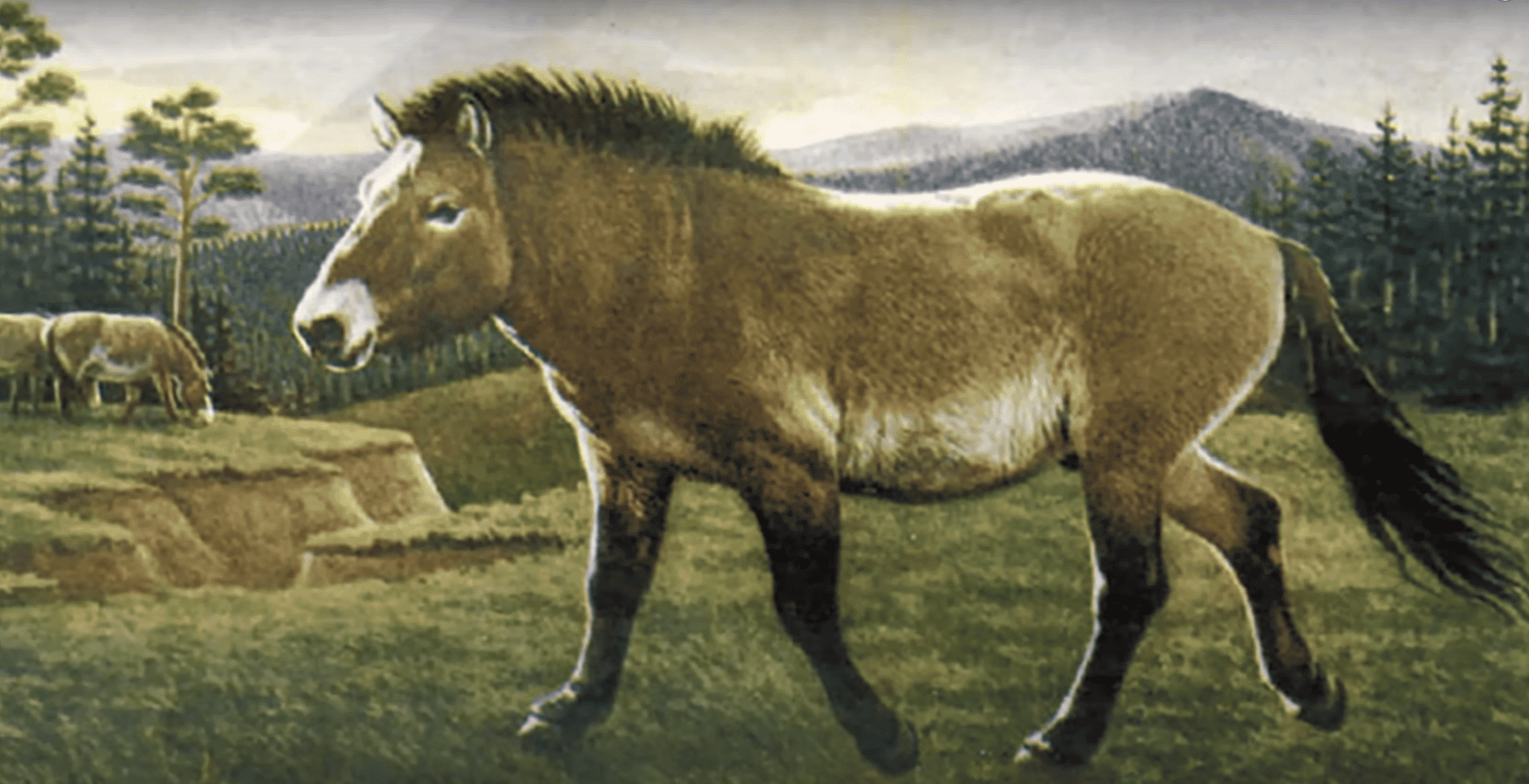
The Lena horse (Equus lenensis) was first described as a subspecies of wild horse in 1968 after skull fragments were found in north-east Siberia. Several bone fragments and fossils of Lena horse have been found throughout the region, indicating that it must’ve been widespread before its extinction around 5,000 years ago.
The Findings
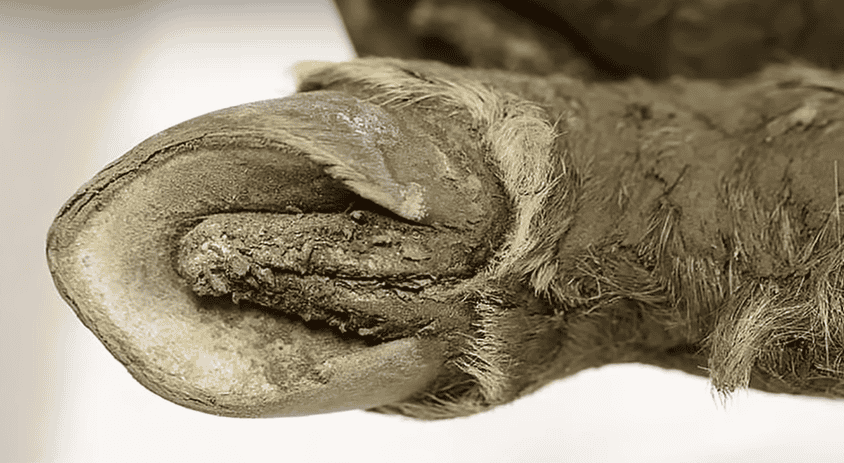
The hair, skin, hooves, and internal organs of the foal were all remarkably well-preserved. We now know that the horse was “bay”-colored (reddish brown) and had a black tail and mane. Moreover, researchers identified that the horse would have been about two weeks old when it died. Further, its death can be attributed to starvation or thirst after having gotten stuck in the mud that preserved its body so well.
Ongoing Research

Researchers are continuing to study the foal, focusing on its genetic material to understand better the evolutionary history of horses. In addition, its stomach contents are proving insights into the flora and environmental conditions of ancient Siberia. Furthermore, the perfectly intact DNA could potentially be used to de-extinct the horse – effectively “resurrecting” it.
If you’d like to learn more about de-extinction, please check out this article!
What is Permafrost?
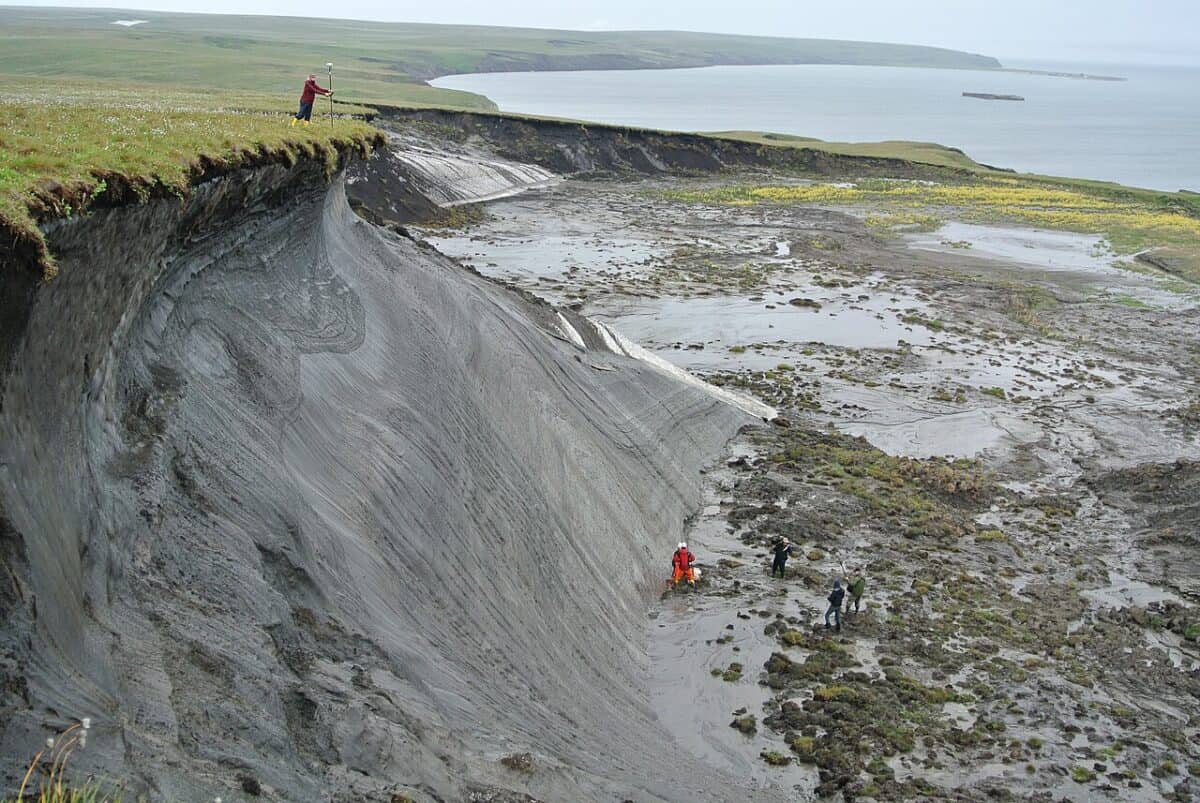
Permafrost is a layer of soil or rock that remains completely frozen (at 32 °F or 0 °C or colder) for at least two consecutive years. Significant portions of the Northern Hemisphere, including Russia, Alaska, and Greenland, as well as Antarctica in the Southern Hemisphere are covered in permafrost. It acts as a natural refrigerator, slowing down the natural process of decomposition and often preserving organic material and ecosystems in a near-perfect state.
What’s Been Found Inside Permafrost?

There have been several impressive organic specimens found in permafrost, besides the Lena horse, including plants, animals, bacteria, and nematodes. Most of the specimens have been found, however, due to the permafrost melting as a result of the increasing average global temperature (global warming).
What’s Still Hiding Inside Permafrost?
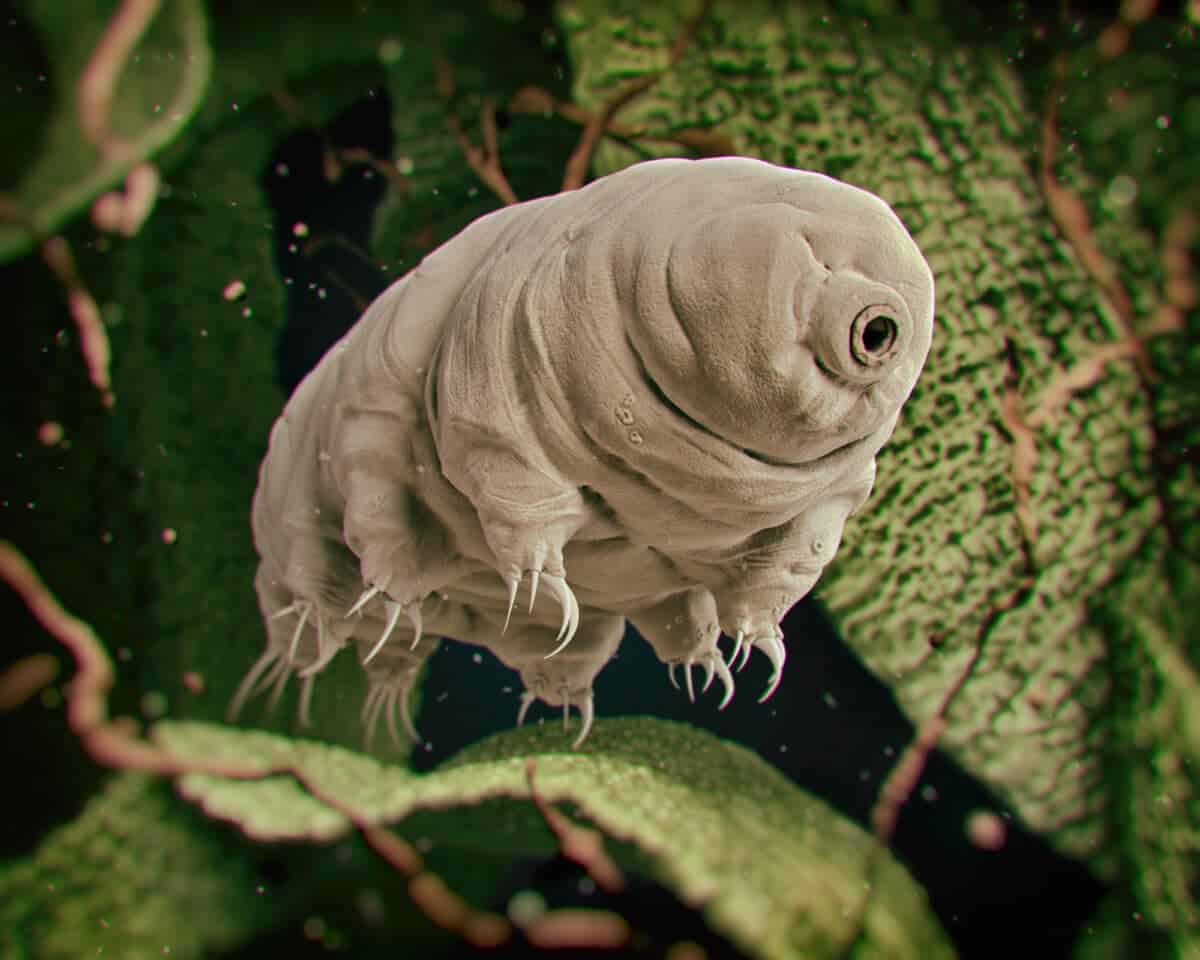
Many microscopic organisms, such as tardigrades, are considered extremophiles. This means that they can survive seemingly impossible environmental conditions, such as being frozen solid. It is entirely possible, probable even, that there are species of harmful bacteria and viruses locked in a state known as “cryptobiosis,” out of which they may come, if the ice melts.
If you’d like to learn more about extremophiles, please check out this article!
Another Problem With Melting Permafrost
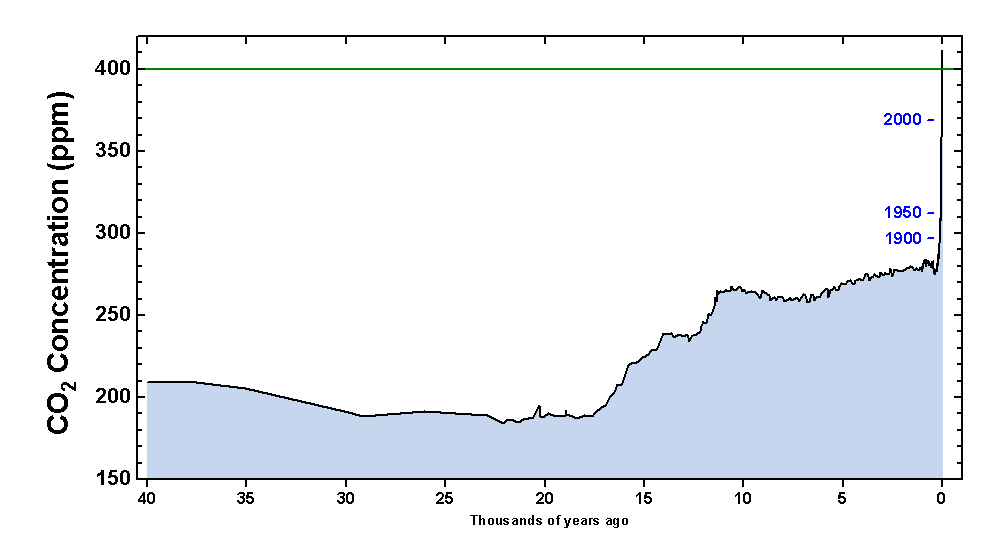
Organic material is mostly carbon. You and me included. Now, when an organic material dies, it gets broken down by microbes into smaller, simpler organic matter – a process called decomposition. As a by-product of decomposition, carbon is released into the atmosphere in the form of CO₂ (carbon dioxide) or CH₄ (methane), otherwise known as greenhouse gases.
Melting permafrost would result in ancient organic matter, which has been trapped for thousands of years, becoming thawed, and thus releasing massive amounts of CO₂ and CH₄ into the atmosphere – further accelerating climate change.
A Consortium of Issues
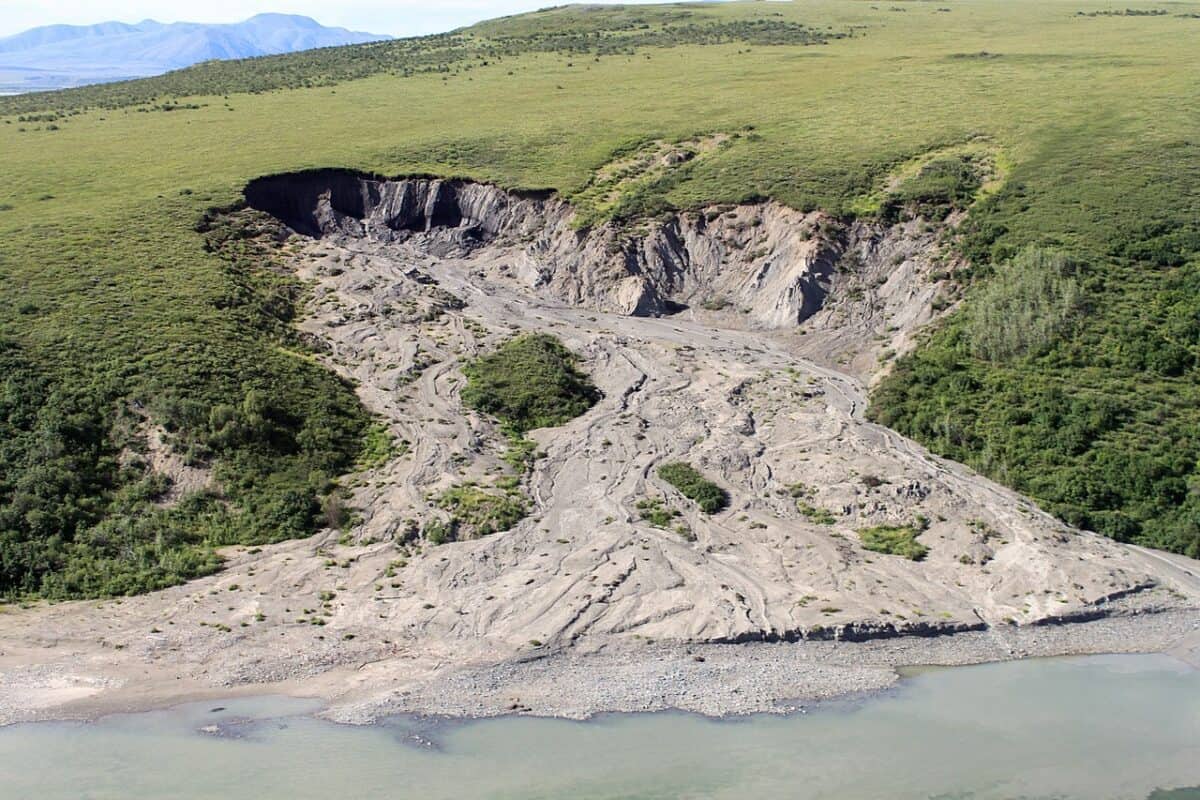
I would be remiss if I didn’t mention that melting permafrost can cause several other issues, including increased risk of landslides, altered water systems, ecosystem disruption, and community disruption (of those that live on permafrost), to name a few. These issues require much further insight and are at the very heart of the current climate crisis debates.
Conclusion
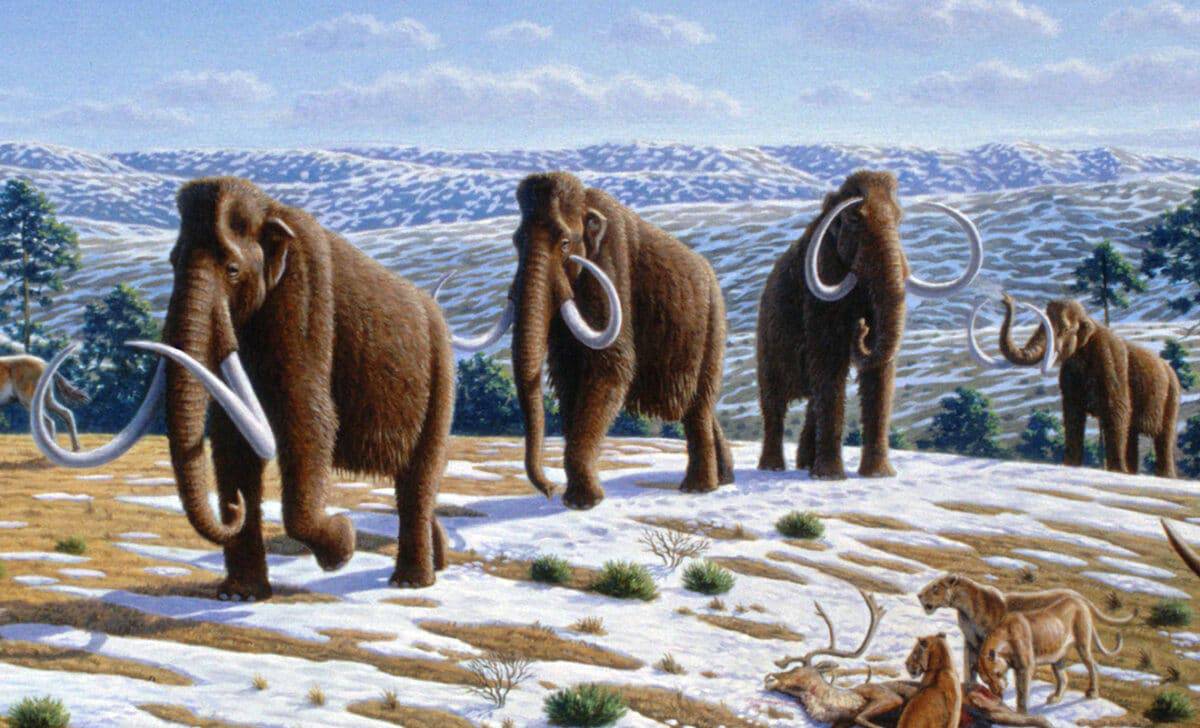
Nothing is truly black and white. The extinct specimens found sealed in permafrost give us glimpses into Earth’s ancient past. However, the reason we can access it, might also be the reason for our own extinction.
Join our Forum for free today!

- 42,000 Year-Old Perfectly Intact Horse Discovered In Permafrost - June 26, 2024
- Baby Elephant Finally Free From Life in Chains! - June 22, 2024
- Nyala Outsmarts Lioness in Epic Move - June 20, 2024

